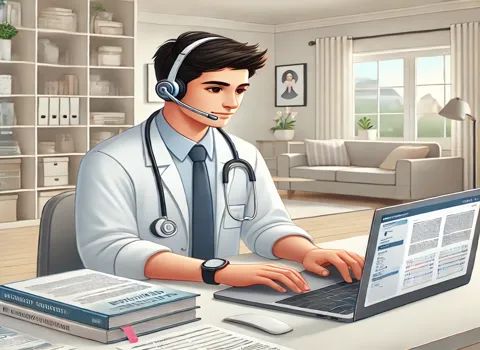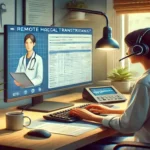Remote Medical Transcription Supervisor
Description
Frequently Asked Questions (FAQs)
1. What are the primary challenges a Remote Medical Transcription Supervisor faces in managing a distributed team?
Managing a remote transcription team requires strong coordination, especially across different time zones and medical specialties. Key challenges include ensuring consistent quality, maintaining timely communication, addressing discrepancies in reports, and staying compliant with relevant standards. Successful supervisors establish structured workflows, regular quality audits, and clear communication channels to overcome these issues.
2. How does this role contribute to patient care despite being a non-clinical position?
Though not directly involved in patient treatment, the role significantly impacts the accuracy and reliability of medical records. Well-documented transcriptions support accurate diagnoses, effective treatment planning, and informed decision-making. Supervisors ensure that all reports meet quality standards, contributing to improved clinical outcomes and patient safety.
3. What industry trends should candidates be aware of in the field of medical transcription supervision?
Emerging trends include an increased reliance on AI-powered voice recognition tools, the integration of transcription with electronic health record (EHR) platforms, and stricter compliance requirements. There's also a shift toward hybrid roles that combine transcription expertise with data analytics and documentation strategy. Staying updated on these changes helps supervisors remain effective and forward-thinking.
4. What growth opportunities are available for someone in this role?
Medical Transcription Supervisors can progress into higher-level leadership roles such as Lead Transcription Manager, Quality and Compliance Officer, or Director of Documentation Strategy. There are also opportunities in clinical informatics and training leadership, where professionals can shape the broader healthcare documentation landscape.
5. What kind of work environment and tools can one expect while working remotely in this position?
The work environment is fully remote, offering flexibility in scheduling and location. Supervisors use secure, cloud-based platforms for collaboration, performance tracking, and quality checks. Tools commonly include electronic health record (EHR) systems, transcription software, business intelligence dashboards, and voice recognition technologies. A quiet, secure workspace and a stable internet connection are essential.




